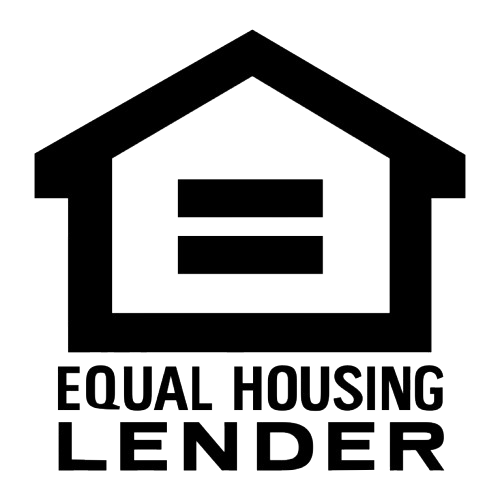P&L STATEMENT LOANS
WHAT IS P&L STATEMENT LOANS?
P&L statement loans, also known as profit and loss statement loans or bank statement loans, are a type of mortgage financing option designed for self-employed individuals or business owners who may have difficulty documenting their income using traditional methods, such as W-2 forms or tax returns.

Key Features of P&L Statement Loans:
Income Documentation: Instead of relying on tax returns or pay stubs, P&L statement loans allow borrowers to provide profit and loss (P&L) statements or business bank statements as documentation of their income. These statements detail the revenue, expenses, and net profit or loss of the borrower’s business over a specific period, typically one to two years.
Flexibility for Self-Employed Borrowers: P&L statement loans offer flexibility for self-employed individuals, freelancers, gig workers, and small business owners who may have variable income, multiple income streams, or irregular cash flow patterns. These borrowers may face challenges documenting their income using traditional methods but can demonstrate their ability to repay a mortgage through their business financial records.
Adjustable Loan Terms: Depending on the lender’s guidelines, P&L statement loans may offer adjustable loan terms, including interest rates, loan amounts, and repayment terms. Borrowers should review and understand the terms of the loan agreement to ensure they align with their financial goals and circumstances.
Asset Verification: In addition to P&L statements or bank statements, lenders may require borrowers to provide documentation verifying their assets, such as savings accounts, investment accounts, or retirement accounts. This helps lenders assess the borrower’s overall financial stability and ability to manage mortgage payments.
Underwriting Criteria: Lenders may have specific underwriting criteria for P&L statement loans, including minimum credit score requirements, debt-to-income (DTI) ratios, and reserves. Borrowers should be prepared to meet these requirements to qualify for a P&L statement loan.

Pros and Cons of P&L Statement Loans:
Pros:
Accessibility for Self-Employed Borrowers: P&L statement loans provide self-employed individuals and business owners with an alternative path to homeownership by allowing them to use their business financial records to qualify for a mortgage.
Flexibility: Borrowers with variable income or irregular cash flow patterns may find P&L statement loans more flexible and accommodating than traditional mortgage financing options.
Potential for Higher Loan Amounts: Depending on the borrower’s business revenue and financial stability, P&L statement loans may offer higher loan amounts than traditional mortgages, allowing borrowers to purchase more expensive properties.
Cons:
Higher Interest Rates: P&L statement loans may come with higher interest rates or fees compared to traditional mortgage loans, reflecting the higher risk associated with self-employed borrowers and alternative income documentation methods.
Stringent Underwriting Criteria: While P&L statement loans offer flexibility, borrowers must still meet certain underwriting criteria, including credit score requirements, DTI ratios, and reserves, to qualify for the loan.
Documentation Requirements: Borrowers must provide comprehensive documentation of their business financial records, including P&L statements, bank statements, and asset verification, which may require additional time and effort compared to traditional income documentation methods.
P&L statement loans can be a valuable financing option for self-employed individuals and business owners who may have difficulty documenting their income using traditional methods. However, borrowers should carefully evaluate the terms, costs, and requirements associated with P&L statement loans and consider consulting with a financial advisor or mortgage professional to determine the best course of action based on their individual financial situation and goals.


We are an independent mortgage brokerage licensed through DRE, proudly serving clients since 2007.

Company
Get In touch
- 510-786-8739
- info@simtg.com
- 44840 South Grimmer Blvd Fremont, CA 94538
Copyright @ 2022. All Rights reserved.